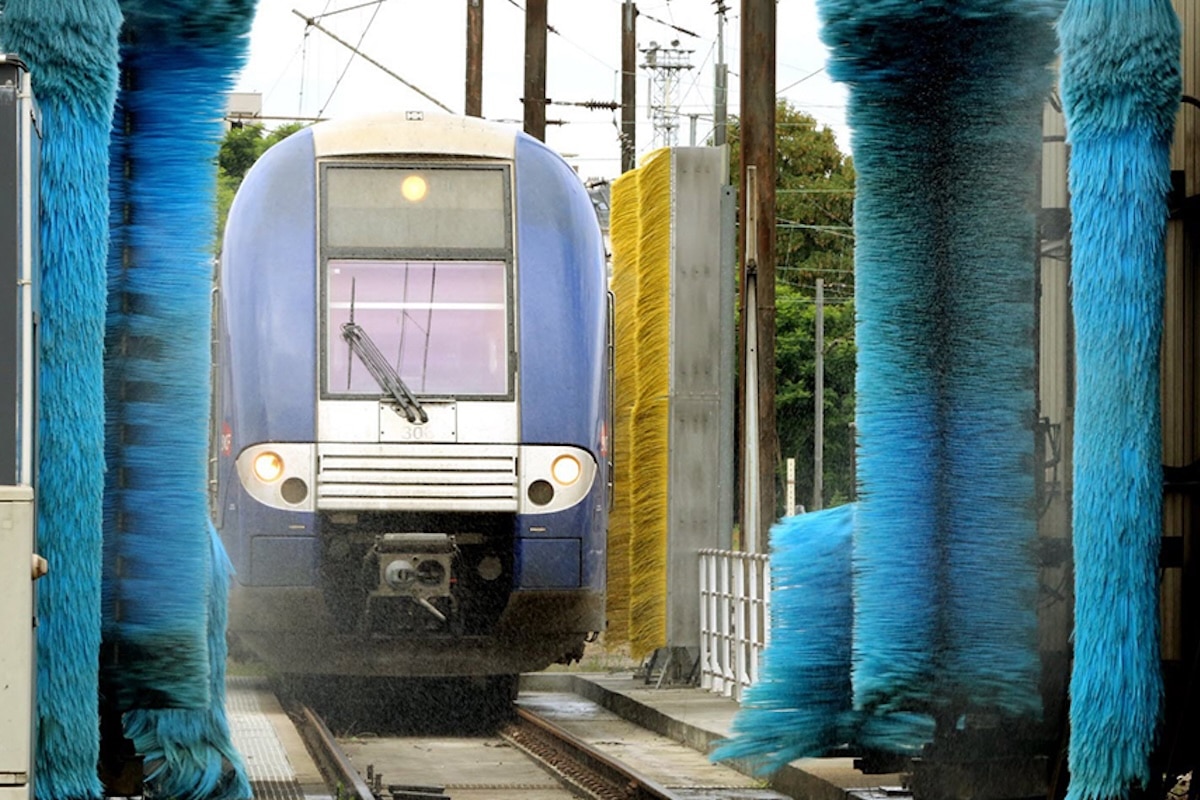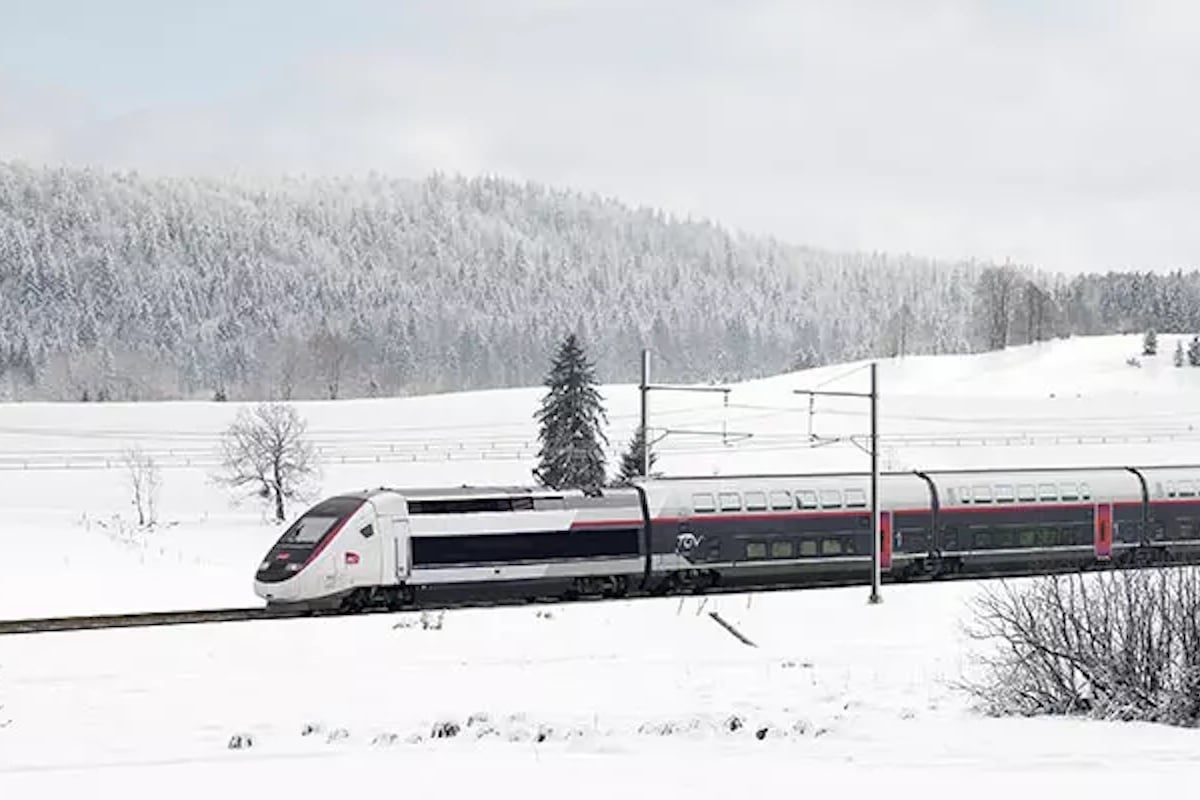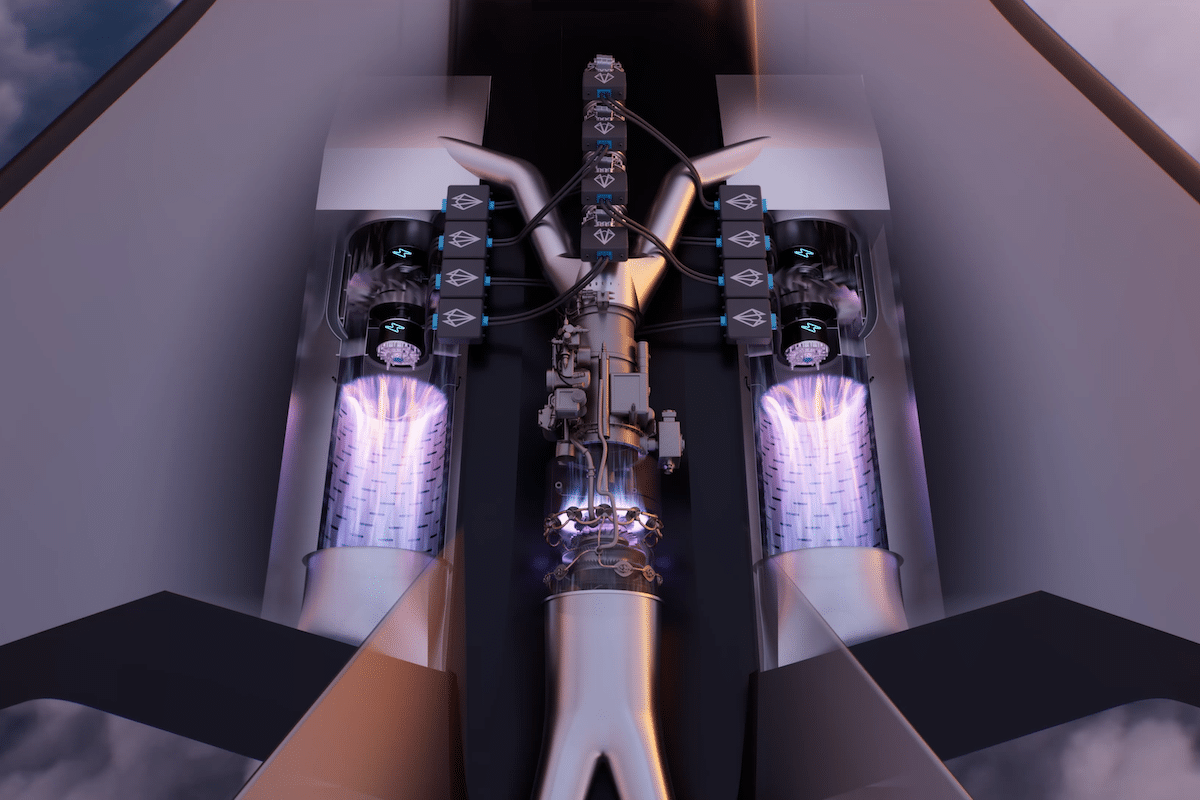Train Washing: SNCF Reduces Water Bills Through AI

The SNCF is deploying a new smart train washing solution capable of saving millions of liters of water each year.
What if the next clean train you see owes its shine to… a blue light and an algorithm? This is the already successful bet of the SNCF Voyageurs TER Pays de la Loire technical center. In just a few months, this in-house innovation has saved over one million liters of water, the equivalent of half an Olympic-sized pool. And it’s only for one center!
Clean trains… but not too much
For years, every TER that crossed the doors of the Nantes-based technical center was automatically washed. A routine maintenance reflex, but energy-consuming. “ Until now, whenever a TER entered a technical center, it was systematically cleaned, even if it had already been cleaned earlier that morning,” explains Tony Bourlier, Innovation Coordinator at the Engineering, Parc, and Innovation Department of TER Pays de la Loire at SNCF Voyageurs. “We then initiated a reflection within an Innovation LAB to optimize the frequency of these washes. To save time, we decided to rely on DDA boxes, which the Nantes-based Innovation and Prototyping Laboratory (LIP) had launched a few years ago.”
You might be interestedin this article:
This reflection led to the ecoFLOT project, a connected module that turns washing stations into real smart stations. In partnership with e.SNCF Solutions, the group’s digital manufacturing division, the technical center teams added an artificial intelligence layer to their equipment.
“ The ecoFlot module makes washing stations smarter,” continues Tony Bourlier. “The first box identifies the TER train and retrieves its last passage information. A second module equipped with a blue light informs the driver whether washing is necessary, based on the time elapsed since the last wash. If washing is needed, a third module collects information such as cycle duration and transmits it to the cloud.”
Washing based on weather conditions
Thanks to this system, the SNCF can now monitor each station’s activity in real-time and adjust wash frequency according to weather or water restrictions. “ Today, we suggest washing every three days, but this setting can easily be reconfigured if the region faces a drought causing water restrictions,” they say.
Since its deployment in November 2024, the ecoFLOT modules have recorded over 10,000 washes in a year, a 10% decrease. The results are:
• 1,123 washes avoided
• 1,572 kWh of energy saved
• 1.17 million liters of water conserved
All these figures reflect a silent revolution: that of “predictive cleaning,” where trains are washed only when necessary, and precisely when needed.
An approach embedded in a broader plan
As France’s largest electricity consumer, the SNCF also accounts for 0.1% of the country’s total water consumption. Through initiatives like ecoFLOT, the group aims to reduce its usage by 10% by 2030, as part of its “Eco d’Eau” charter signed in 2023.
READ ALSO: SNCF makes a lot of money with its data-driven TGV!
This page is translated from the original post "Lavage des trains : la SNCF réduit la facture d’eau grâce à l’IA" in French.
We also suggestthese articles:
Also read







